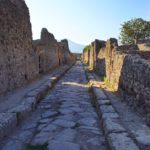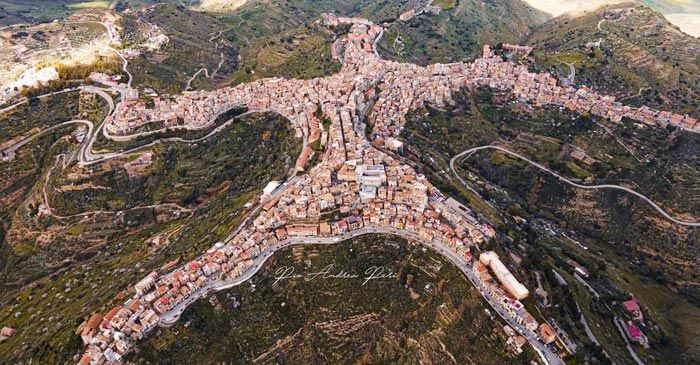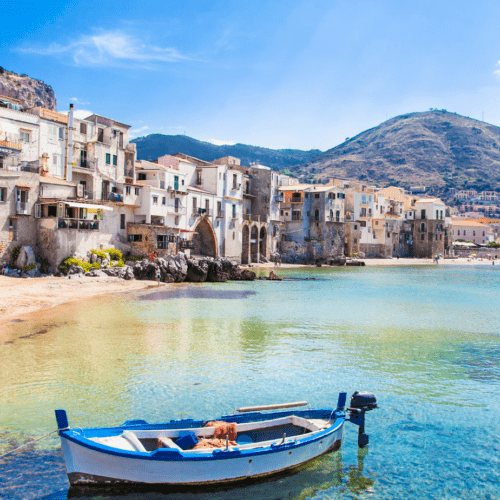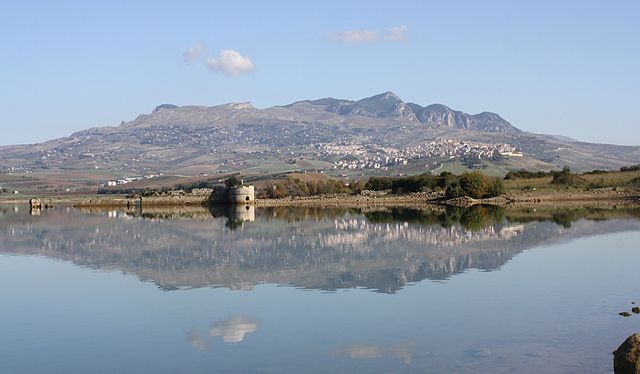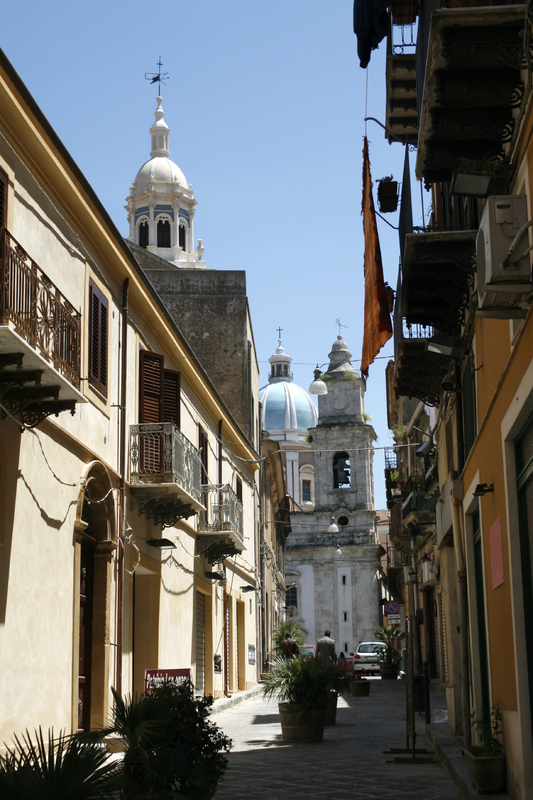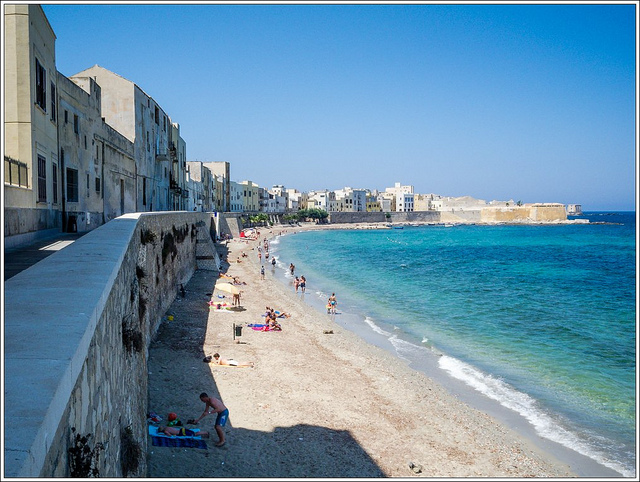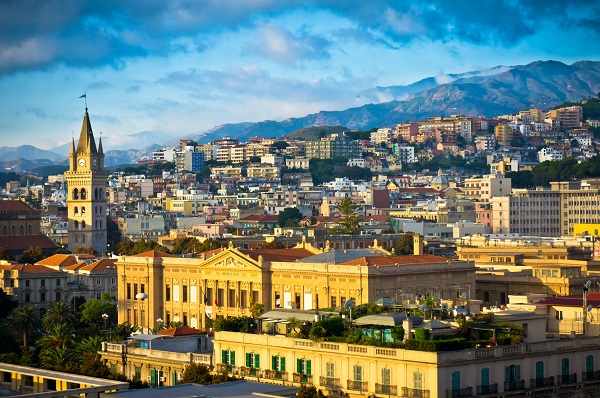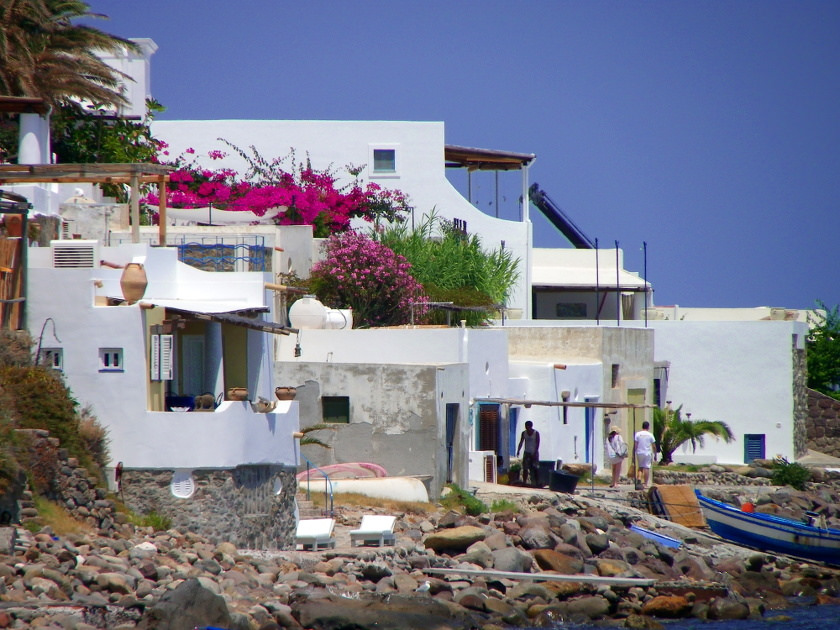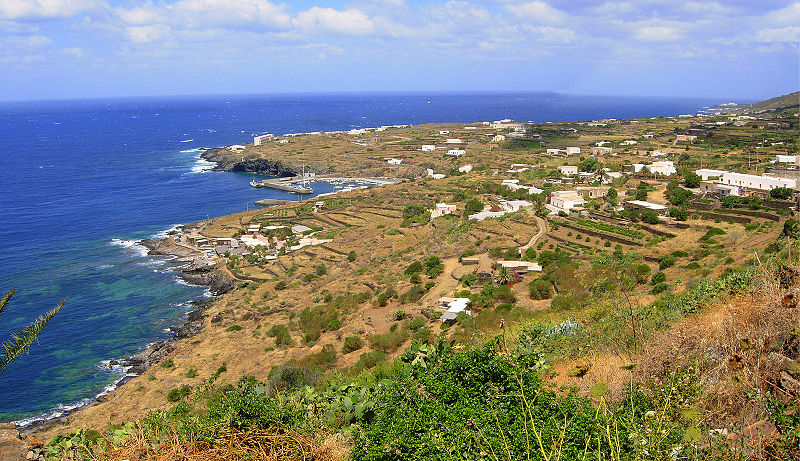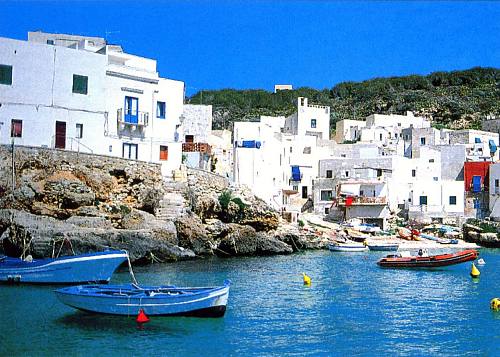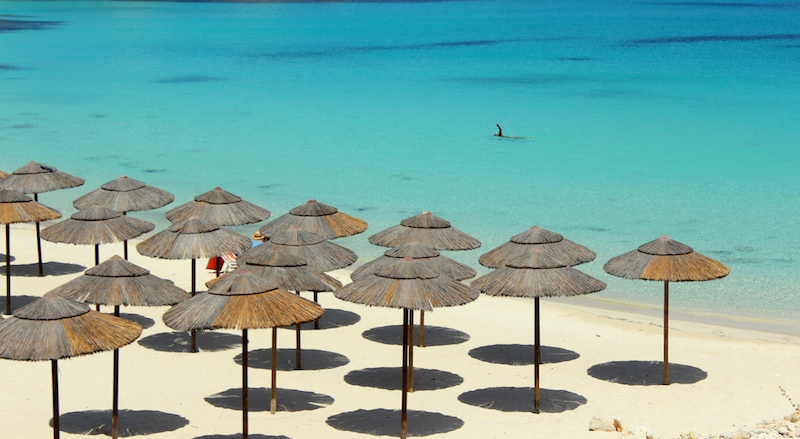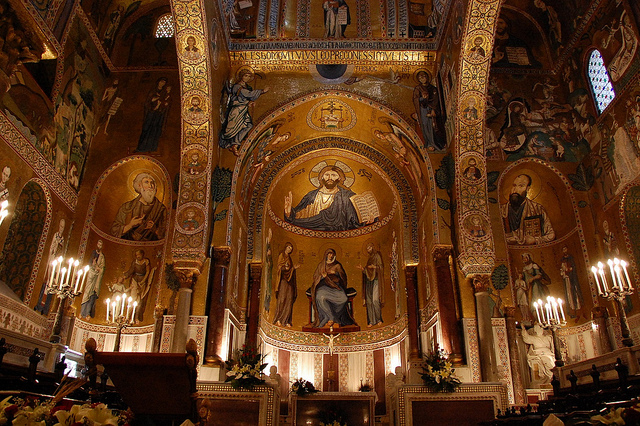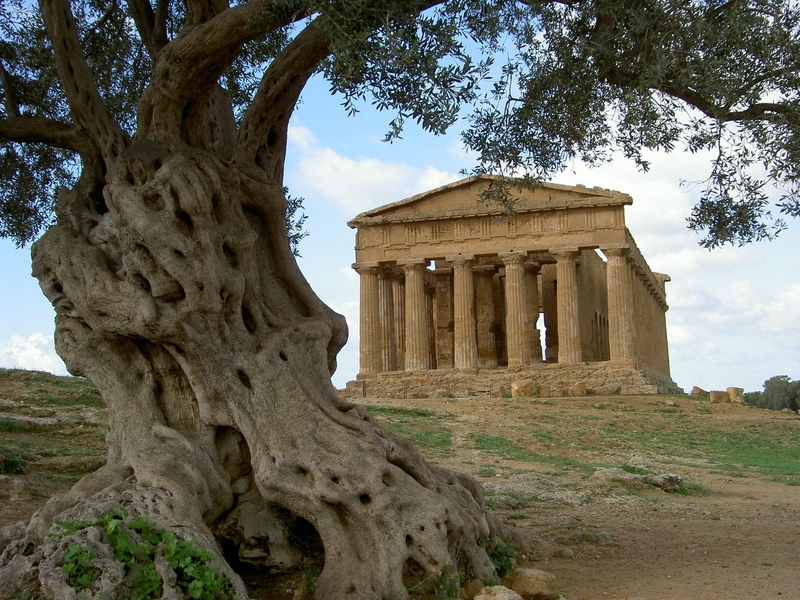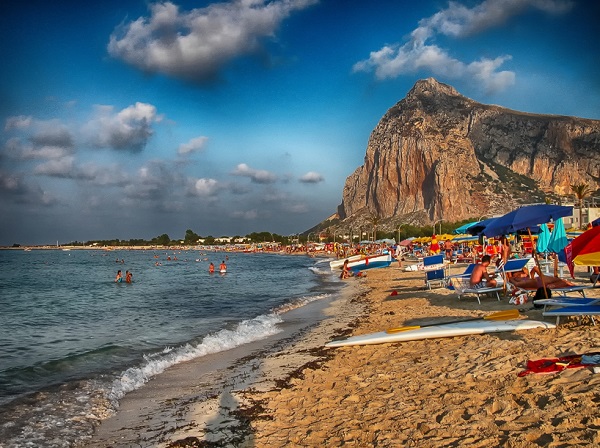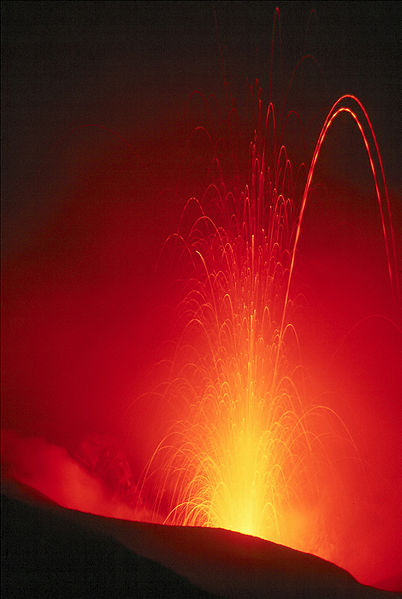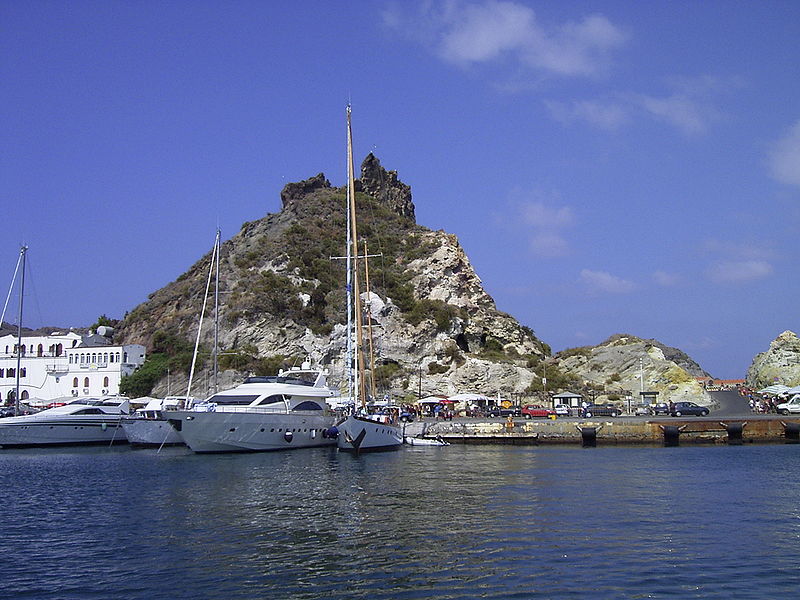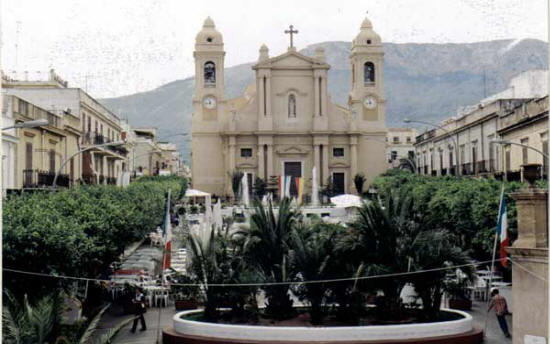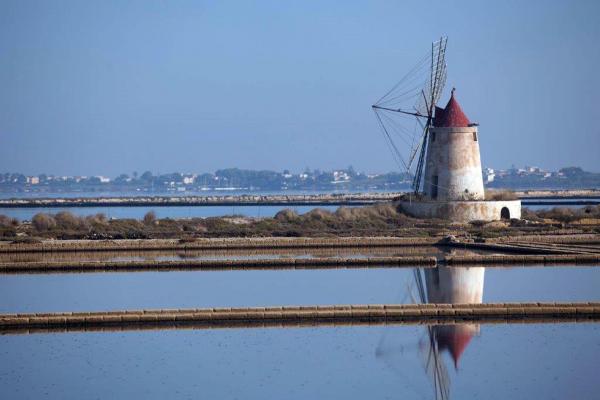
Syracuse and the necropolis of Pantalica are two different Sicilian sites that contain archeological remains that date back to Greek and Roman times. In Pantalica, the necropolis holds more than 5,000 tombs carved into the rock close to the stone quarries. Most of these tombs date between the 7th to 13th centuries BC. There are also several ruins from the Byzantine era, out of which the Prince’s Palace is the most noteworthy. Ancient Syracuse still has the foundations of the old city, which was laid during the Greek period, around the 8th century BC. Various ruins like the Temple of Athena, the Roman amphitheater, the fort and the Greek theater makes the site quite historically important and a wonderful place to visit to get a peek into the past. Modern visitors to the site can view the remains, which are witness to the evolution of the civilization in Sicily.
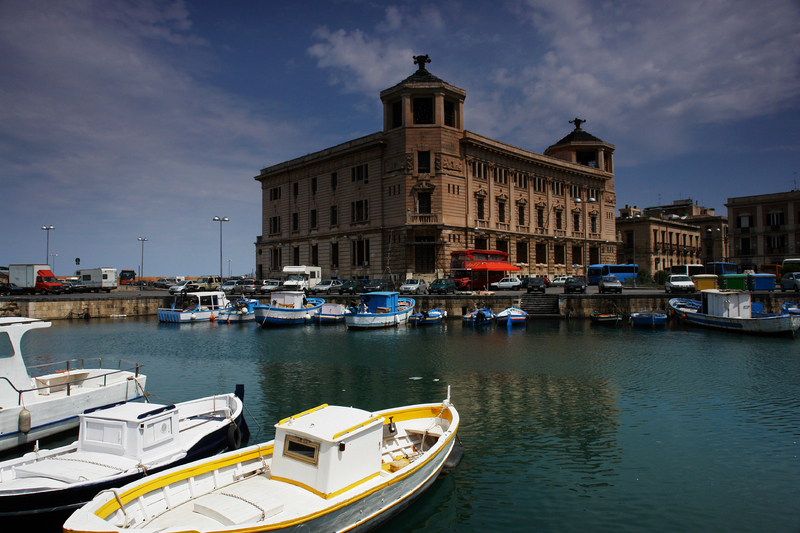
Syracuse
Syracuse is famous for its culture, Greek ruins and its architecture. The city is also famous for its association to Archimedes, one of the most important and powerful men in the Mediterranean of ancient times.
According to scholars Syracuse was founded by a society of ancient Greek Corinthians. The city was associated with Corinth and Sparta and was one of the most influential and important cities in Magna Grecia. The history of the town goes back more than 2,700 years ago. Once described as one of the most important and beautiful of the Greek cities by Cicero, ancient Syracuse was an influential city in its day.
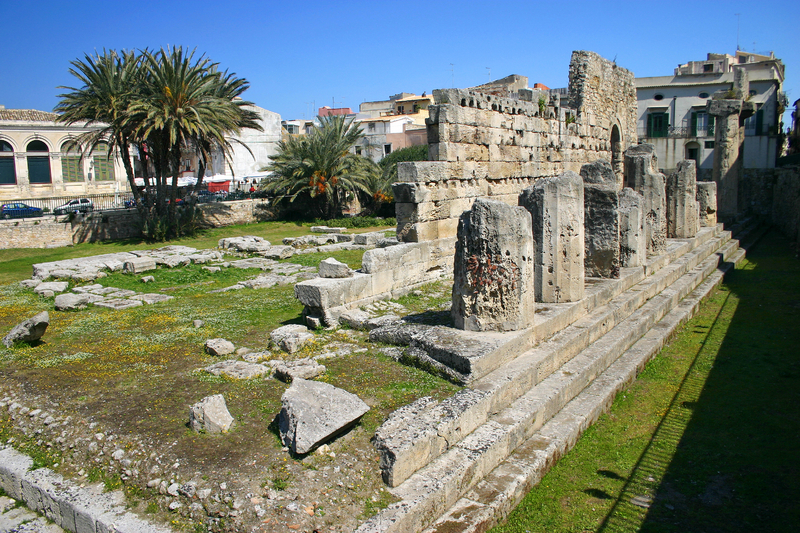
Syracuse passed from Greek rule into the hands of the Romans and then the Byzantine Empire. Over the centuries the importance of the city slowly declined and Palermo took its place as the most important city in the Kingdom of Sicily. Sicily Kingdom later became a part of the Naples Kingdom until it was included in the Italian unification of 1860.
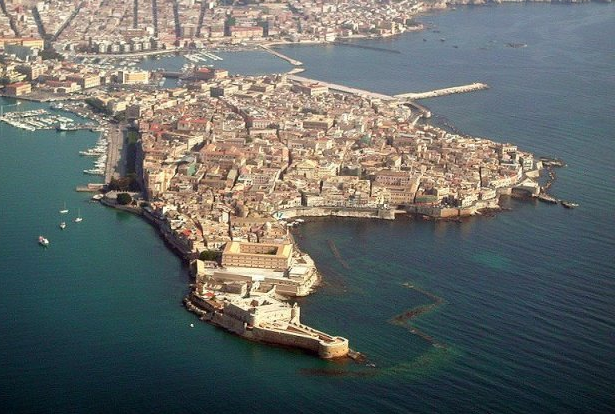
Syracuse was named a World Heritage Site by UNESCO in 2005, mostly due to these important archeological sites and ruins:
- The Arethusa Fountain, located on the island of Ortigia. There are several legends associated with this fountain, one of which tells the story of Arethusa taking shelter at this location when followed by Alpheus.
- The Temple of Apollo is one of the most important sites in Syracuse. The temple was converted into a church during the Byzantine era and was even converted into a mosque when the city was ruled by the Arabs.
- The Greek Theater is one of the largest theaters built by the Greeks. The theater has 67 rows which are divided into nine sections and eight aisles. Out of the original theater only the orchestra and some traces of the stage can be seen today. The edifice was modified during the Roman times and is still in use today. Close to the theater are the stone quarries that were used as prisons in the past centuries.
- The Olympian Temple of Zeus is located outside the main city. The temple was built in the 6th century BC.
- The amphitheater was built by the Romans during their Imperial rule in Syracuse and was carved from a rock.
- The Tomb of Archimedes is located in the Grotticelli Necropolis. The Roman tomb was decorated with beautiful Doric columns.
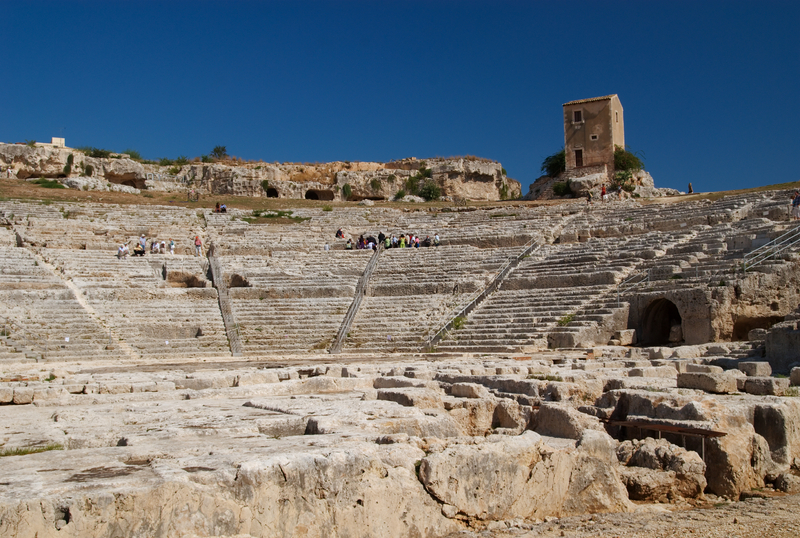
The Necropolis in Pantalica
Pantalica is located in the valley of the Calcinara and Anapo rivers between Sortino and Ferla. The site holds more than 5,000 ancient tombs. In the 13th century BC the settlements that had formed along the coast moved when newcomers came to the area. The original settlers shifted to the hills, which provided them with a defensive position.
According to scholars, King Hiblon from the Megara Hyblaea founded the area in 728 BC. Due to the expansion of Syracuse, the Kingdom expanded inland and Acres was founded in 664 BC. Palazzo del Principe is the last vestige from that era along with the large necropolis carved out of rocks in the small caves.
The cave area was also inhabited in the Middle Ages when the neighboring population tried to escape pirates and barbarians. The Saracens found this inaccessible area to be perfect for them. Even today the ancient houses built into the rocks during the Byzantine time are still visible along with the small rock chapels called Grottas.
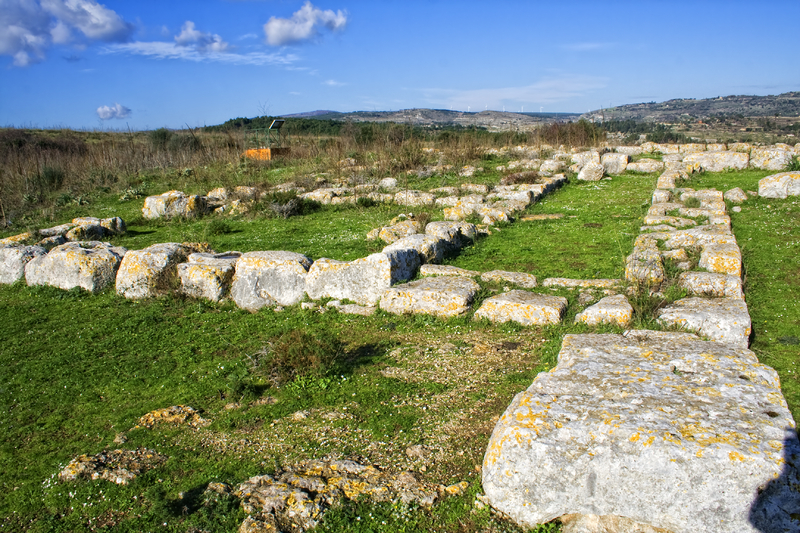
There are several necropolises in the Pantalica area, here is a run down of the most important:
- The Necropolis of Nord-Ovest is one of the oldest in the area. The tombs in this necropolis date back to the 12th century BC.
- The Necropolis of Filiporto is located 9 kilometers from the town of Ferla. This necropolis has a large number of tombs and is spread out over the hills and the basin of the Anapo region. The tombs in this area date back to between the 9th and 13th centuries BC.
- Necropoli Nord is the largest in this area and has a large collection of tombs from the 11th century BC.
- Necropoli della Cavetta has tombs from the 9th century BC. There are even several buildings and houses in the area dating back to the Byzantine era.
Apart from the necropolises another interesting site of remains in the area you may want to visit is the Palazzo dell’Anaktoron, which is a large building made from blocks. This megalithic building has various rectangular rooms and scholars believe that it might have been inspired by Mycenaean palaces. There are some scholars who also believe that there may have been Mycenaean workshops in the area.
Visit the ancient city of Syracuse for a glimpse of Sicily across the centuries and make a stop at the rocky necropolises of Pantalica for an idea of how the ancients of the area lived and died.




